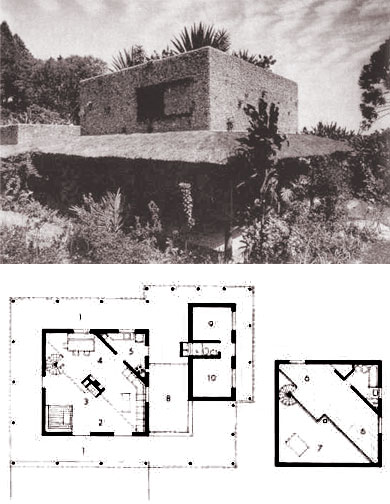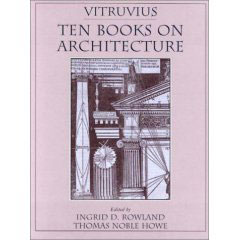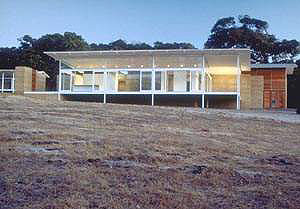Via google video, videographer Paul Jaquin has ammassed a collection of videos of rammed earth in spain. Read synopsis and watch the videos by clicking below:
Rammed earth at Lorca castle, a tour of the outside of the building, and a view across the valley.
Rammed earth wall at Palma del Rio in southern Spain. Constructed around 1171, and probably 6m high.
Conclusive proof that some rammed earth is absolutely fine in the rain. Here a castle at Alcala de Guadaira is observed in the middle of a rainstrorm with no detrimental effect to the fabric of the wall.
A video tour of Banos de la Encina castle, built in 967 from rammed earth.
Rammed earth wall at Novelda in southern Spain. This is a view inside a hole in the wall, proving that rammed earth can provide some arching or tensile action. Novelda castle was built around 1171 duringthe Almohad dynasty in Spain.
A tour of the inside of Villena castle in southern Spain. Constructed in rammed earth in 1172, it is a very well preserved rammed earth castle.
Rammed earth wall in Cordoba.





